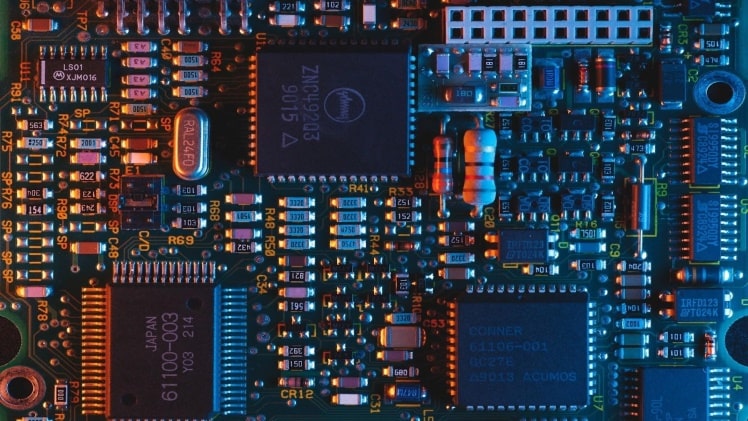Electronic product design involves the creation of innovative and functional products that meet the needs of customers and the market.
Electronic companies need to consider several critical tasks in the process of designing electronic products.
If a company does not take care of its critical tasks, it can suffer from a number of consequences. First, the company may not be able to meet its deadlines or goals. Second, the company may experience system crashes and other issues that can adversely affect its operations. In the worst case, a company may go out of business altogether.
In this article we will know the critical tasks in the design of electronic products and make sure of the product’s quality.
What is Electronic Product Design ?
Electronic product design refers to the process of creating innovative and functional electronic products that meet the needs of customers and the market. Electronic products are devices that use electronic components and circuits to perform a variety of functions, such as processing, storing, and transmitting information. Examples of electronic products include smartphones, laptops, tablets, and home appliances.
Electronic product design involves a range of tasks, including defining the product, designing the hardware and software, testing and verifying the design, creating the contract manufacturers process, and planning for product support. It requires a combination of engineering skills, creativity, and business acumen to create successful electronic products.
The design of an electronic product involves several factors, including the intended use and target market, the desired features and functionality, the hardware and software capabilities, the cost and manufacturing processes, and the product’s lifecycle and support needs.
By carefully considering these factors, it is possible to create electronic products that are functional, reliable, and meet the needs of the market.
Critical Tasks in Electronic Product Design Process
There are several critical tasks that need to be considered in the design process to ensure the success of the product.

Define the product:
The first step in the design process is to define the product, including its purpose, target market, and desired features and functionality. This involves conducting market research to identify customer needs and defining the product specifications.
Design the hardware:
The hardware design involves creating the physical components of the product, such as the circuit boards, enclosures, and connectors. The hardware design should take into account the intended use and environment, as well as any size or weight constraints.
Design the software:
The software design involves creating the software that will run on the product, including the operating system, user interface, and application software. The software design should take into account the intended use and target market, as well as the hardware capabilities of the product.
Test and verify the design:
It is important to thoroughly test and verify the design to ensure that it meets the product specifications and performs as intended. This may involve prototyping and testing the hardware and software, as well as conducting usability testing with users.
Create the manufacturing process:
The manufacturing process should be designed to efficiently produce the product at a high quality and low cost. This involves defining the materials and components to be used, as well as the production processes and quality control measures.
Plan for product support:
The product design should also consider the needs of customers and the product’s lifecycle. This may include creating a plan for product updates, repairs, and customer support.
Arshon Technology is a reliable company that can help you with all your product design needs. We have a team of experts who can help you with everything from circuit design to software development.
How to Ensure the Quality of an Electronic Product Design ?
There are several steps that can be taken to ensure the quality of an electronic product design:
Define the product specifications:
Clearly defining the product specifications and requirements at the start of the design process helps to ensure that the final product meets the desired standards and performs as intended.
Conduct thorough testing and verification:
It is important to thoroughly test and verify the design to ensure that it meets the product specifications and performs as intended. This may involve prototyping and testing the hardware and software, as well as conducting usability testing with users.
Use high-quality materials and components:
Using high-quality materials and components helps to ensure that the product is reliable and performs well. It is also important to ensure that the materials and components are compatible with each other and the intended use of the product.
Implement a robust manufacturing process:
A robust manufacturing process, with well-defined processes and quality control measures, helps to ensure that the product is produced consistently and to a high quality.
Plan for product updates and support:
Planning for product updates and support helps to ensure that the product remains functional and meets the needs of customers over its lifecycle. This may include creating a plan for product repairs and customer support.
By following these steps, it is possible to ensure the quality of an electronic product design and create a reliable and functional product that meets the needs of the market.
Conclusion
In conclusion, electronic product design involves a range of critical tasks to ensure the success of the product. By carefully defining the product, designing the hardware and software, testing and verifying the design, creating the manufacturing process, and planning for product support, it is possible to create a high-quality and functional electronic product that meets the needs of the market.





